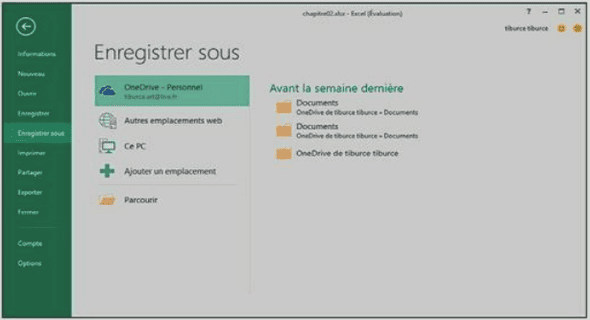Chapter 1 – Introduction
Rotary Kilns and Fuel Fired Furnaces
Objectives
Chapter 2 – Literature Review
Automatic Control of Fuel Fired Rotary Kilns
Combustion imaging
Flames using spetrometers
Flames using grayscale images
Flames using color images
Chapter 3 – The industrial rotary kiln of QIT, its particularity and problems
QIT Installation Setup
Chapter 4 – Methodology
Explanation of MIA
Explanation of MIR/PLS
Explanation of Neural Network Models
Chapter 5 – Methodology Implementation
Technology
Prediction Model Building Procedure
Image and process data selection
Image Processing
Model construction
Model validation using predictions
Plug and Play Methodology
Chapter 6 – Results
Initial Tests
Prediction of solids discharge temperature from flame images
Interpretation of MIR model predictions
Neural Network Model Results
Potential Quality Control Strategies based on Flame Images
A modified Smith Predictor Control Scheme
A new Cascade Control scheme involving image based combustion control
Chapter 7 – Conclusions
Bibliography
Appendix 1 – Source Code
Script1.m
processImages.m
globalVarCov.m
binHistogramGlobalLoading.m
histogramSlicer.m
binHistogram.m
export.sql
DatabaseBridge.java
Appendix 2 – Neural Network Results
Literature Review
This study combines two subjects that are relevant to this particular work, the automatic control of rotary kilns and combustion imaging. The most relevant contributions made in these two areas will be reviewed in this section. This review shows that all previously published control strategies are based solely on measurements external to the rotary kiln (i.e. taken on input and output streams) and that, to the author’s knowledge, the use of combustion related information or other such internal state measurements has never been attempted on rotary kilns. It will also show that combustion imaging was never applied for quality control or combustion control in rotary kilns.
Automatic Control of Fuel Fired Rotary Kilns
Control strategies range from a simple feedback to complex mathematical model based strategies. The simplest model has been reported by Douglas et al. (1992a) where two PI controllers (proportional and integrative actions) were used to manipulate respectively the air flow rate and the rotation speed of a rotary sugar dryer to reach the desired product moisture content and temperature.
Myklestad (1963) used a non-linear model based control strategy. He developed phenomenological relationships relating respectively the air flow rate, the air temperature and the feed-mass flow rate to the product moisture content in order to keep the later one at the desired level.
Otomo et al. (1972) used a statistical approach to Computer Control of Cement Rotary Kilns. The goal is to control the kiln rotation speed as well as the fuel that is consumed in the process using a completely automated controller. For this they used a combination between a classical linear controller and an empirical designed kiln rotation controller.
Robinson (1989a, 1989b, 1992) proposed an inferential control strategy. He developed an empirical model to infer the moisture content of solid, using reliable process measurements.
These are the fuel rate, kiln drive power, exit gas temperature, intermediate gas temperature, burning zone temperature, secondary air temperature, cooler grate speed, percent oxygen at the exhaust, draft damper position, cooler under great pressure, kiln speed and feed rate of material. Of these variables fuel rate, cooler grate speed, draft damper position, and kiln speed are considered to be the manipulated variables whereas the others are the controlled variables.
Improving quality and combustion control in pyrometallurgical processes using multivariate image analysis of flames (2.61 MB) (Rapport PDF)
